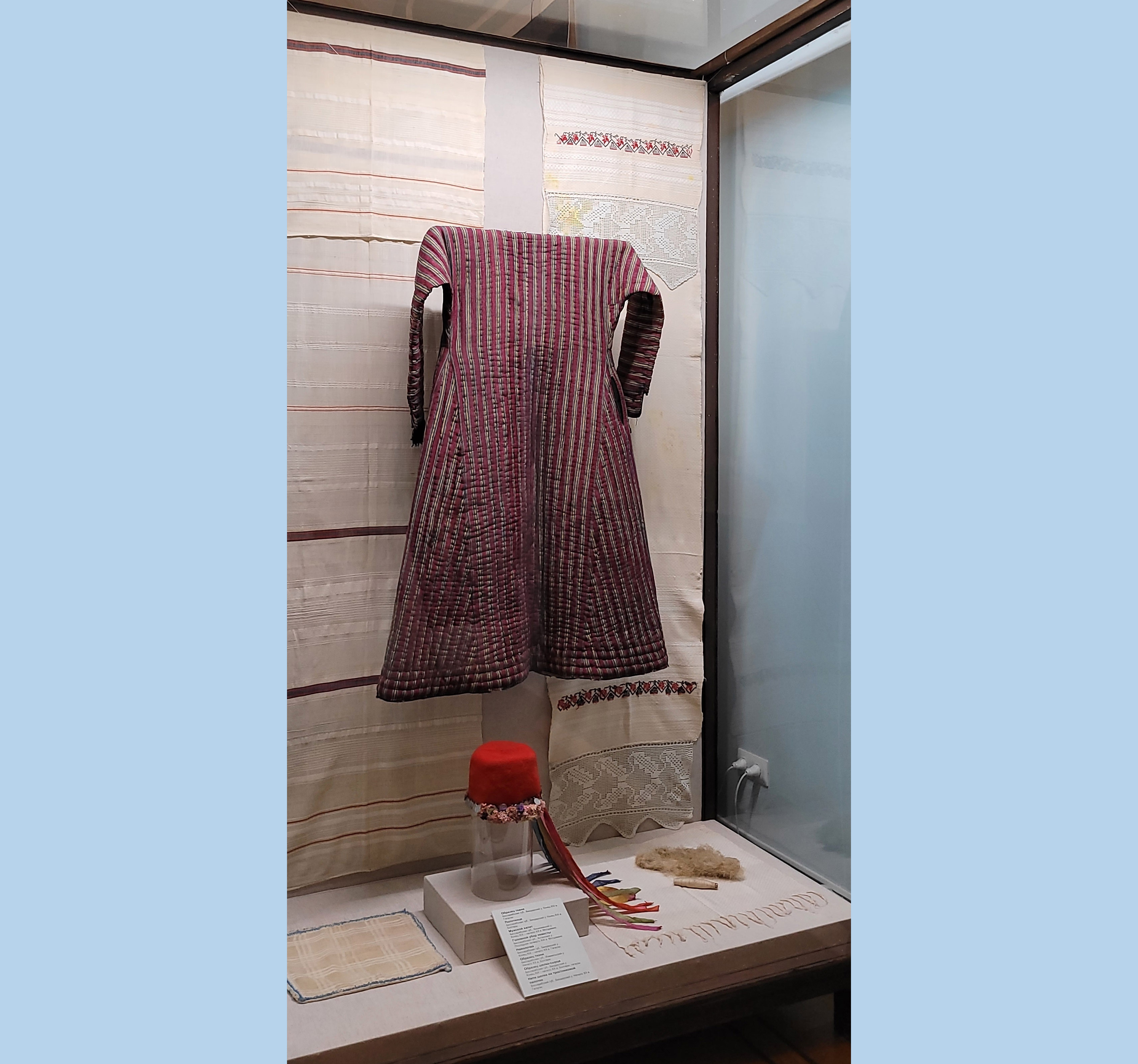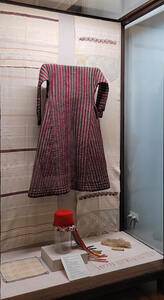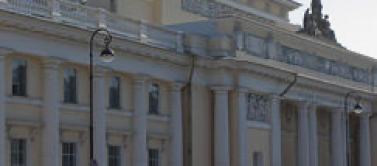Silk in the Traditional Culture of the Peoples of Eastern and Southeastern Europe

A key factor in the development of sericulture in Bessarabia was the resettlement of Bulgarians in the early 19th century, who had developed sericulture traditions themselves. The Gagauz and the Moldavian population, who had developed sericulture earlier, received a stimulus to breed a higher-quality silkworm. Favorable natural conditions of the region contributed to the cultivation of mulberry trees, which formed an important basis for sericulture.
A small amount of raw silk obtained at home was processed by the peasants themselves, the rest went for sale to neighboring cities. Cocoons were their own item of trade; they were sold at markets or sent to silk-processing centers in Russia. In rural areas, semi-silk fabrics were the main focus of the production; raw silk threads were used as weft, and cotton was the basis. Traditional women’s headscarves, as well as domestic textiles, were made of such fabric. In the traditional women’s and men’s costumes, imported silk was also used – oriental artisanal fabric and silk from European factories.
Fabric sample. Bender County, Bessarabia Governorate. Late 19th century. Gagauzi.
Towel. Bender County, Bessarabia Governorate. Late 19th century. Bulgarians
Men’s gown. Kishinev County, Bessarabia Governorate. Late 19th – early 20th century. Moldovans
Bride’s headwear. Khotyn County, Bessarabia Governorate. Last quarter of the 19th century. Moldovans
Pillow case. Bender County, Bessarabia Governorate. Late 19th – early 20th century, Gagauzi
Fabric sample. Ismail County, Bessarabia Governorate. Early 20th century. Bulgarians
Raw silk sample. Bender County, Bessarabia Governorate. Late 19th – early 20th century, Bulgarians, Gagauzi
Silk threads on a reed stick. Bender County, Bessarabia Governorate. Early 20th century, Gagauzi



